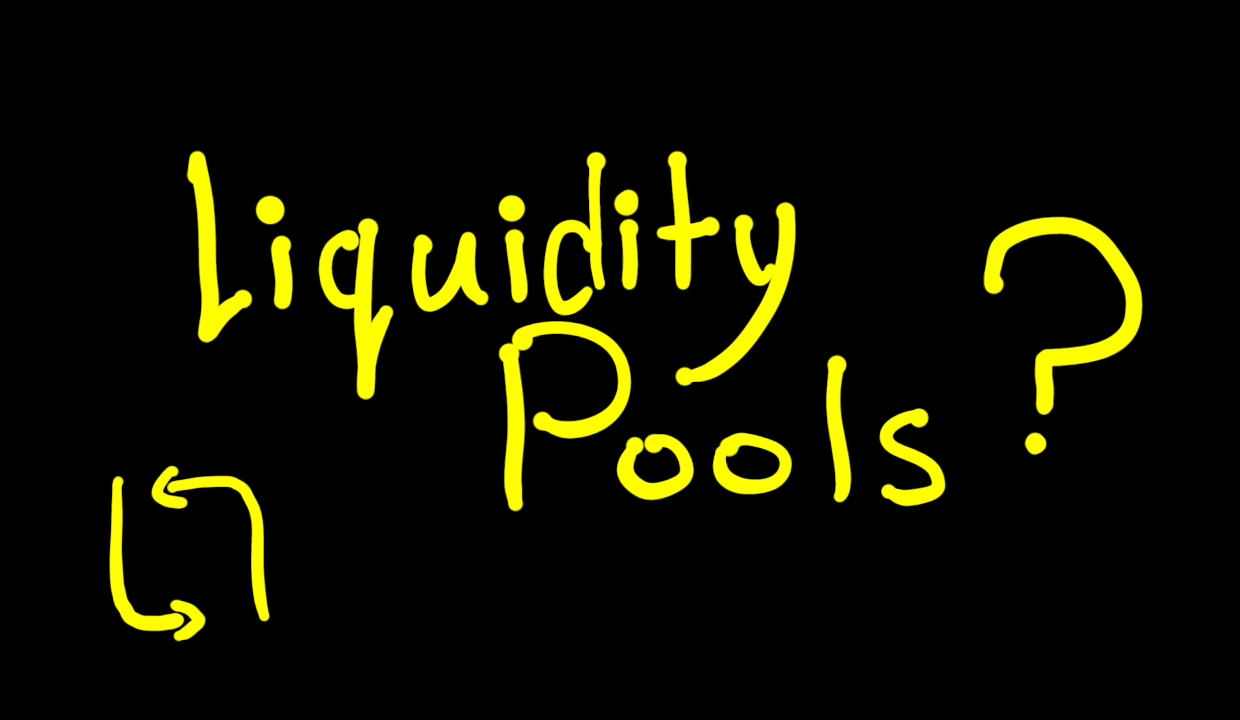How Do Liquidity Pools Never Run Out of Either Token?
6 comments
I'm not an expert on Liquidity Pools, so after taking part in the $LEO/$CACAO pool on LeoDex, I had to educate myself on them a little. I asked ChatGPT and looked up some terms, and I think I have a better idea right now of how they work.

As a Liquidity Provider, when you put tokens in the Liquidity Pool, you add equal value from each token to keep the Liquid Pool balanced. Let's say 100 $LEO equals 7 $CACAO in value when you add 100 LEO to the Liquidity Pool
When someone makes a Swap using the Pool. The token they sell is added to the pool, while the token they receive is removed from the pool and sent to the receiver's wallet.
Let's say the Liquidity Pool has 1000 LEO and 70 CACAO. A trader wants to Swap 10 CACAO for LEO. The Liquidity Pool will calculate how much LEO is worth 10 CACAO. Let's say it's approximately 142 LEO. After that amount is sent to the trader. The Liquidity Pool is left with 858 LEO and 80 CACAO.
Now, the question I had in mind: What ensures that the Liquidity Pool Never Runs Out of $LEO or $CACAO?
I'm usually confident with my intelligence but it took me a while to wrap my head around it... What if someone tried to take all of the 1000 LEO instead? The Pool will be left with 0 LEO and 140 CACAO, right?
That's not how it works!
After re-reading how Liquidity Pools work again and again, I think I finally got it.
Liquidity Pools are designed so that the price is always dependent on how much each token has against the other. The price isn't dependent on outside factors at all. Or at least, that's how I understood it.
So, when the token presence in the Liquidity Pool increases, its price becomes cheaper compared to the other token in the pool. Leading to Arbitrage opportunity.
When the Liquidity Pool has 858 LEO and 80 CACAO. The price will be 107 LEO for 10 CACAO. Someone could put 142 LEO in, get more CACAO per LEO, and sell it on Centralized Exchanges for profit.
This way, the Liquidity Pool will always self-regulate as long as people keep using it. It's also why I keep hearing you might turn up with profit in some Decentralized exchanges
That's how I understood it. I'm not sure I totally get it yet, but I believe it's made more clear to me after writing it down.
What do you think?
If you find fault in my logic, or if you have more experience in this topic, I'm open to learning from you!
Posted Using InLeo Alpha

Comments